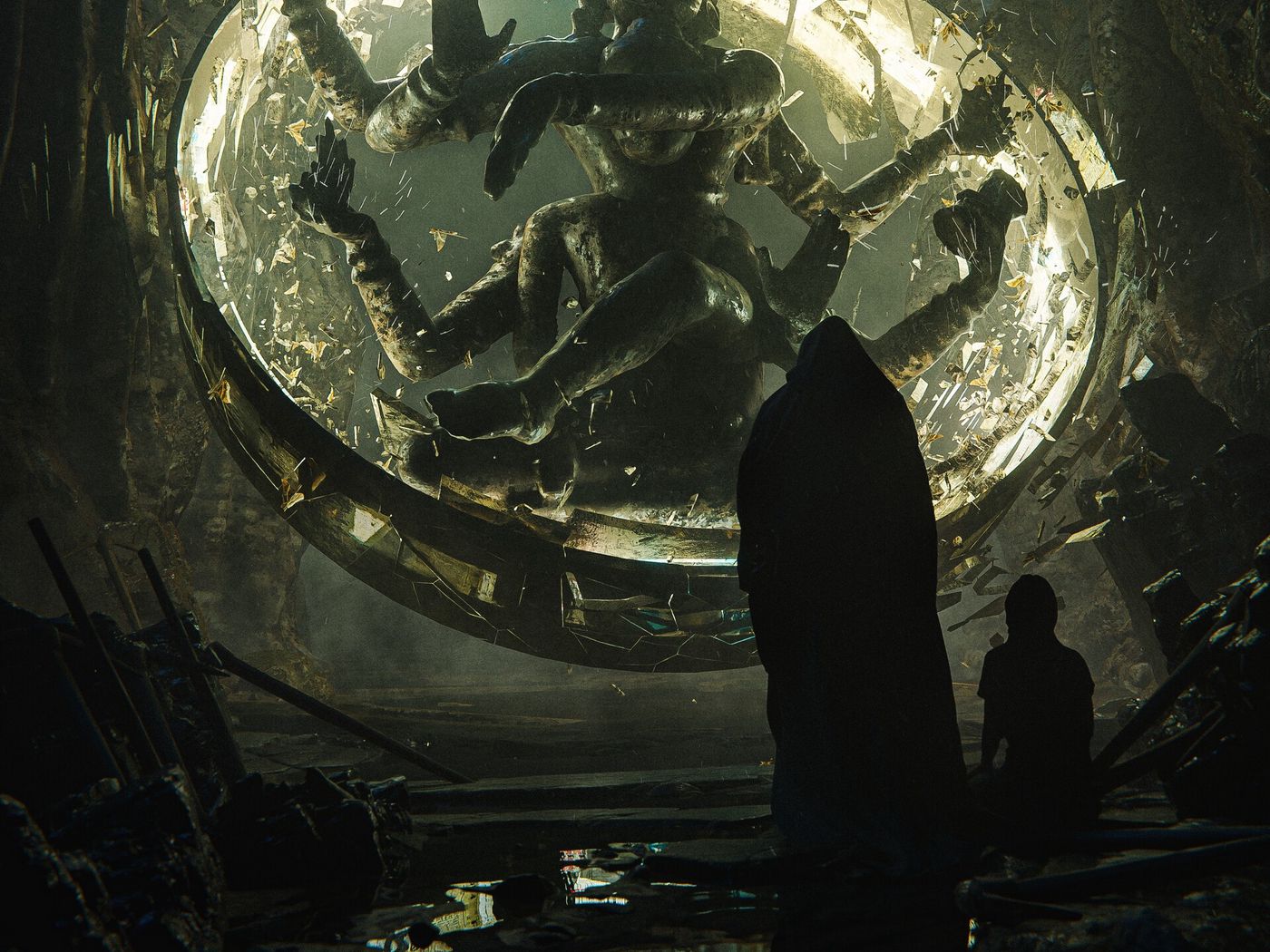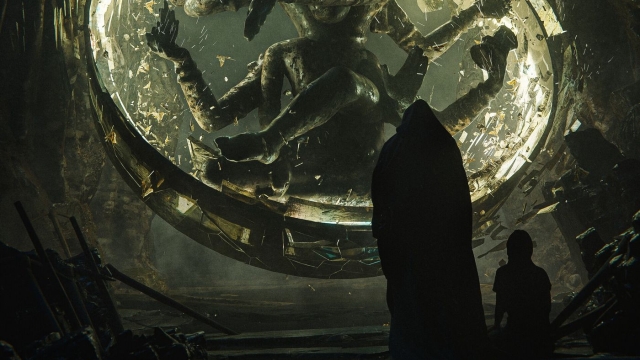
Step into the mesmerizing world of magicians, where reality bends and illusions come to life. Magicians have captivated audiences for centuries, enchanting both the young and the old with their spellbinding performances. The allure of magic lies in its ability to defy logic and challenge our perception of what is possible. In this exploration of the secrets behind the illusions, we delve into the enigmatic realm of magicians and uncover the mysteries that lie beneath their seemingly impossible feats.
History of Magic
Magic has a long and mysterious past, dating back thousands of years. Ancient civilizations such as the Egyptians and Greeks were known to practice various forms of magic, blending religious beliefs with illusions and mysticism. These early magicians often held esteemed positions in society, using their skills to entertain and bewilder audiences.
During the Middle Ages, magic took on a more secretive and mystical nature, often associated with witchcraft and sorcery. It wasn’t until the Renaissance period that magic began to be viewed as a form of entertainment rather than a malevolent practice. Magicians of this time, such as Jean Eugène Robert-Houdin, started to perform on stage, captivating crowds with their sleight of hand and elaborate tricks.
In the modern era, magic has evolved into a popular form of entertainment, with magicians like Harry Houdini and David Copperfield becoming household names. Advances in technology have allowed for more elaborate illusions and spectacles, captivating audiences around the world. Today, magic continues to captivate and mystify people of all ages, keeping the art form alive and thriving.
Common Magic Tricks
Magicians often use sleight of hand techniques to create the illusion of objects disappearing and reappearing. This classic trick involves quick and precise hand movements to manipulate objects without the audience noticing.
Another popular magic trick is the "sawing a person in half" illusion, where a magician seemingly cuts a person into two parts and then magically puts them back together. This trick relies on cleverly designed props and misdirection to create a convincing illusion.
Card tricks are also a staple in a magician’s repertoire. Through techniques like card forcing and palming, magicians are able to manipulate the deck of cards to create mind-bending illusions that leave audiences in awe.
Psychology Behind Illusions
Magicians rely on psychological principles to create mind-bending effects. By understanding how our brains perceive and interpret information, they can manipulate our senses in astonishing ways. Through careful observation of human behavior, magicians craft illusions that play on our cognitive biases and expectations, leading us to perceive the impossible as reality.
Magician switzerland
One key psychological concept magicians exploit is misdirection. By directing our attention towards one thing, they are able to divert it away from where the magic truly happens. This sleight of hand technique capitalizes on our brain’s limited capacity to process information, allowing the magician to perform their trick right under our noses without us even realizing it.
Moreover, magicians tap into our natural inclination to fill in missing information to make sense of the world around us. Through subtle cues and suggestions, they guide our perceptions towards a specific conclusion, even if it defies logic. This play on our cognitive processes demonstrates the power of suggestion and the magician’s ability to influence our thoughts and beliefs through clever manipulation of our mental processes.



